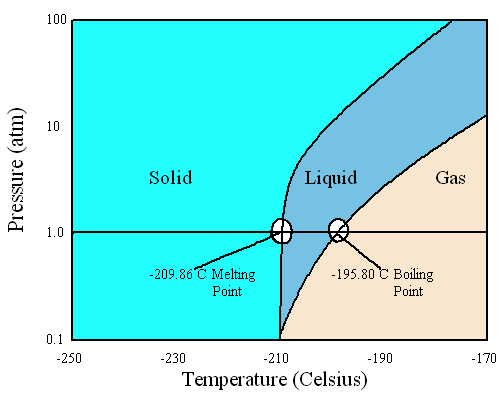Home › Cosmetic Science Talk › Formulating › General › Science › Liquid Nitrogen in Thermal Water
Tagged: cosmetic
-
Liquid Nitrogen in Thermal Water
Posted by Anonymous on May 25, 2017 at 7:33 pmHello everyone,
I am looking to fill aerosol cans with liquid nitrogen and thermal water. I was wondering if anyone knows at what pressure it should be filled, because I tried at 2 on my machine, but I don’t think the can was pressurized enough to release some of the pressure when I pressed on the nozzle of the spray can.
So I would really appreciate it if someone could tell me what the process is…
ariepfadli replied 3 years, 11 months ago 9 Members · 18 Replies -
18 Replies
-
LIQUID nitrogen? Liquid nitrogen boils at -195.8C
I think you’ve got a basic fact wrong there somewhere. -
Compressed gas aerosols are unreliable and potentially dangerous.
The amount (mass) of gas that can be safely charged into a standard aerosol can is almost immeasurably small such that the slightest leak or inadvertant opening of the valve in an inverted position and easily result in rapid/very rapid discharge of the propellant gas.
Overcharging with gas can result in inflation/distortion of the can, violent release of the valve or explosion of the container - I’ve seen all of these happen.
There is a good reason why aerosol propellants are as they are.
-
you’re better off using dimethyl ether
-
I agree with Bill. Dimethyl ether is a good propellant material. I could never understand why it didn’t (or has’t) become more widely used.
-
@johnb - most hairsprays use DME because it has a good tolerance for water. This was required to meet the California VOC regulations of 55%. It probably wasn’t used more previously because it is more expensive than other propellants.
-
They are attempting to replicate a marketing model that is huge in France right now. “Thermal Water” (debatable, but hugely bunk) using Nitrogen as the propellant. Many claims of benefits are made, but they are all performed by the supplier themselves.
http://www.labmuffin.com/what-is-thermal-water-and-how-does-it-work-in-skin-care/
-
Evidently it’s true that there’s a fool born every minute, if people are wasting their money on such nonsense.
-
I first met with DME when DuPont introduced it as an aerosol propellant around 1980-82 under the name Dymel.
DuPont were investigating the suitability of DME as an aerosol propellant particularly for fragrance products. Our work was very positive showing the DME was far superior in almost all respects to LPG propellants which were then systematically becoming replacements for CFC materials.
DME was notably more expensive than LPGs but DuPont were assuring in that, with time, prices would become comparable. It seems, from what you say, Perry, this was not to be the case. -
Are these thermal water aerosols “bag-in-can”?
This is the only way I can see that you can gain any reliability with compressed gas.
-
Johnb, usually, it’s called “Bag-on-valve”, to emphasize that there’s no connection between the can propellants (compressed air) and the interior product. Certainly, this is the technology I’d prefer to use - the nitrogen adds nothing to the performance of the product as far as I can tell.
Personally, I wonder if the target products are using the liquid nitrogen mixed with the water to make a frozen slurry, and filling that.
-
Personally, I wonder if the target products are using the liquid nitrogen mixed with the water to make a frozen slurry, and filling that.
I have worked with liquid nitrogen in a lab and what you suggest is impossible. Liquid nitrogen is a potentially dangerous material that requires training and special handling techniques to be safe. -
Yes, I think the “liquid nitrogen” was a typo or misunderstanding on the part of the OP. I’m sure it’s a can of water pressurized under nitrogen gas.
-
Hmm. So that’s why “Guinness is good for you.” The bubbles in Guinness are dissolved nitrogen. Perhaps what is happening is that enough pressure is applied so that nitrogen dissolves in the water.
-
It was very common practice for us to use Nitrogen Gas to purge certain solvents to reduce the dissolved oxygen content. That’s what I suspect is being done here, just at much higher pressures.
-
I have had clients send me “samples” of these products. They are bag-on-valve systems with Nitrogen GAS as the propellant. Perhaps someone from the EU can weigh-in, but from what I have seen, nitrogen gas is used more often in the EU than some of the propellants we routinely use here in the US.
-
I believe propellant 152A is mostly used now which we are using for current aerosol product.Someone else please weigh in on this.
-
Just fill you can with thermal water about 50%of total volume, then put your sprayer and seal it, then add nitrogen gas at 25-30 psi, it sufficient to push all your water
Log in to reply.


